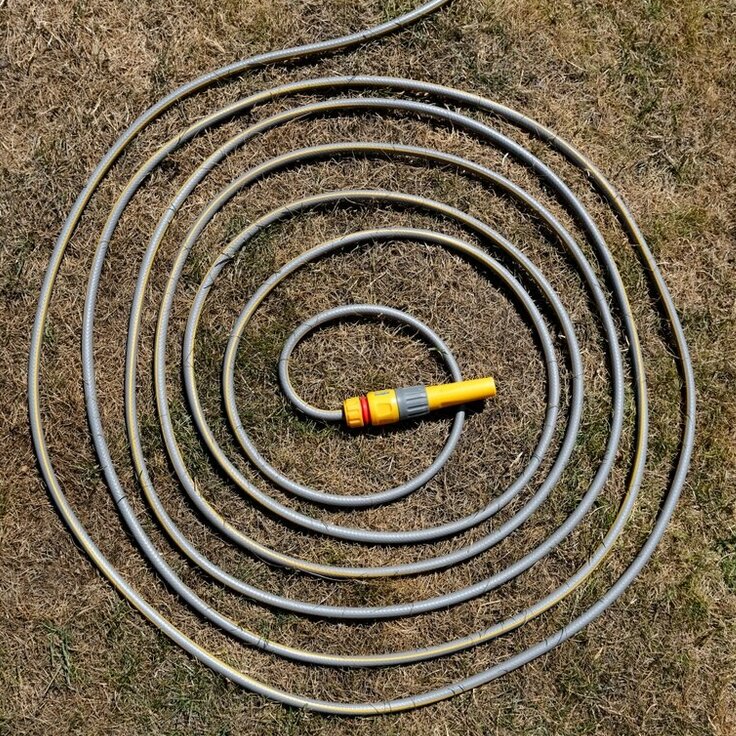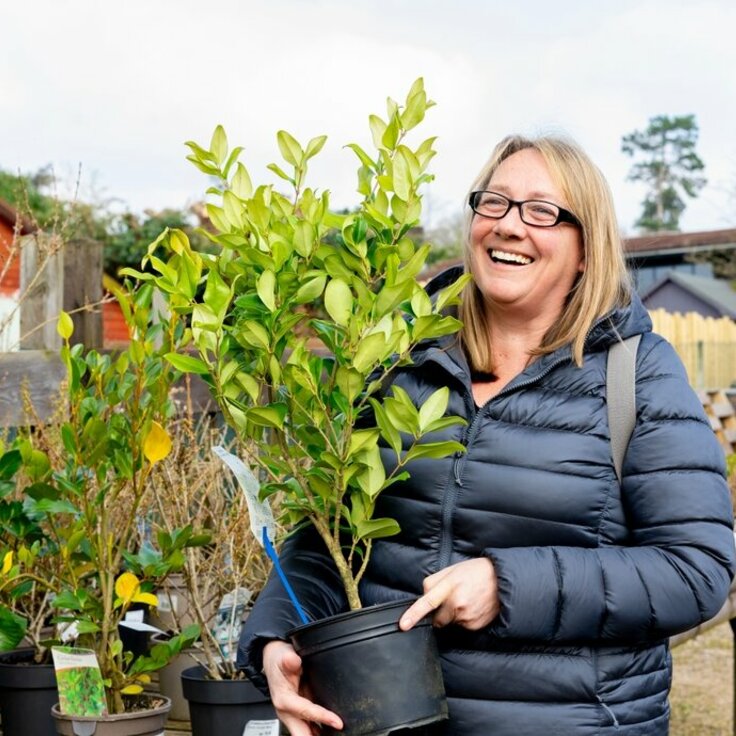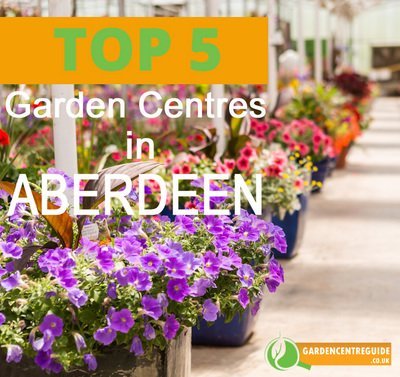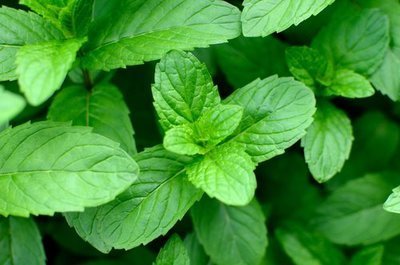Planting Perennials
Now that temperatures have risen a little, and the ground is more workable, it’s the perfect time to plant some types of perennial.
If you planted yours back in the autumn, that is fine – indeed, autumn is the preferred season in the main. The soil is warmer than in spring and the plants throw out some useful new roots before the weather turns cold.
But spring is a better for some types of perennial. Here I’m thinking about the later-flowering kinds, as well as those that are not completely hardy, as well as those that dislike wet conditions (see opposite page for examples of these).
Another reason to plant perennials now rather than autumn is if you live in a cold area, or if your garden is either exposed or in a frost pocket.
In each case, planting perennials in springtime means that you can be sure that they will have developed a good root system, and be fully established in their new homes, before their first winter.
So if you want to plant some perennials now – for whatever reason – here’s how to go about it:
What to look for
If you’re buying perennials from the garden centre, there are a few golden rules to follow before you part with your cash. Look for strong emerging shoots. Plants that have a few fat, healthy looking buds are better than those that have a large number of weaker ones.
As the season progresses you will need to keep an eye out for healthy, vigorous plants with no sign of dieback or abnormally coloured leaves that may indicate starvation.
If you can, remove the plant from its pot and inspect the roots: avoid the plant if there is a mass of tightly coiling roots pushing through the drainage holes. The roots should, however, be sufficiently established so that they hold the compost and that it does not fall apart.
Soil preparation
The perfect soil for perennials is a fertile loam that is well drained by retains adequate moisture. Dig over the area, and incorporate well-rotted organic matter (such as garden compost, animal manure or bagged soil conditioners such as green waste or pulverised bark products). This will provide some soil nutrition, but will also help to retain moisture (if the soil is sandy), or aid drainage (if the soil is clay).
All weeds should be cleared from the site prior to planting; perennial weeds, in particular, are difficult to eradicate once border plants are established in the ground.
Planting depths
Most perennials are best planted out at the same soil level as they were in their pots, however a number grow better if planted slightly deeper, whilst other prefer to be slightly higher than this.
Plants that are prone to rotting at the base, and variegated plants that tend to revert to all-green, prefer a raised, well-drained site. Their crowns should be set slightly above the ground.
Irises, sysrinchium, kniphofia and most of the grasses come into this category.
Perennials that require a moist environment are best planted with their crown about 1in (2.5cm) below ground level. These include all plants for a bog garden, as well as hostas and astilbes.
A few plants – particularly those with tuberous root systems – prefer planting even deeper. Polygonatums and hybrid lilies are included here; their crowns or bulbs should be set 4in (10cm) below the surface.
Immediate aftercare of plants
• Watering: Make sure that plants are not allowed to dry out, at least until they are established. This summer, when it is hot, check for dryness, and water when required.
• Feeding: If you fed and manured at planting time, you should not need to feed again until next spring. Thereafter an annual feed of a general or balanced fertiliser is all that is required.
• Staking: Once growth gets under way, it will be time to think about staking. As a rule you should consider supporting any perennial that grows taller than, say 15in (37cm). Not all of them will need staking, as it will depend on the habit if the plant (the tallest red hot pokers, for example, don’t need it, whereas the shorter phloxes and peonies might).
Perennials for spring planting
Any perennial can, technically, be planted in spring, and it is certainly better to plant them now if your garden is exposed, or in a frost pocket. But the perennials listed below are those that actually prefer planting in spring rather than autumn.
African lilies (agapanthus, pictured)
Beard-tongues (penstemon, pictured)
Cardinal flower (Lobelia cardinalis)
Coneflowers (rudbeckia, pictured)
Foxtail lilies (eremurus)
Giant/ornamental rhubarb (gunnera)
Kaffir lily (schizostylis)
Millets (various grasses, including milium, pennisetum and setaria)
Pincushion flower (Scabiosa caucasica)
Red hot pokers (kniphofia, pictured)
Sea holly (eryngium, pictured)
Welsh and blue poppies (meconopsis)








